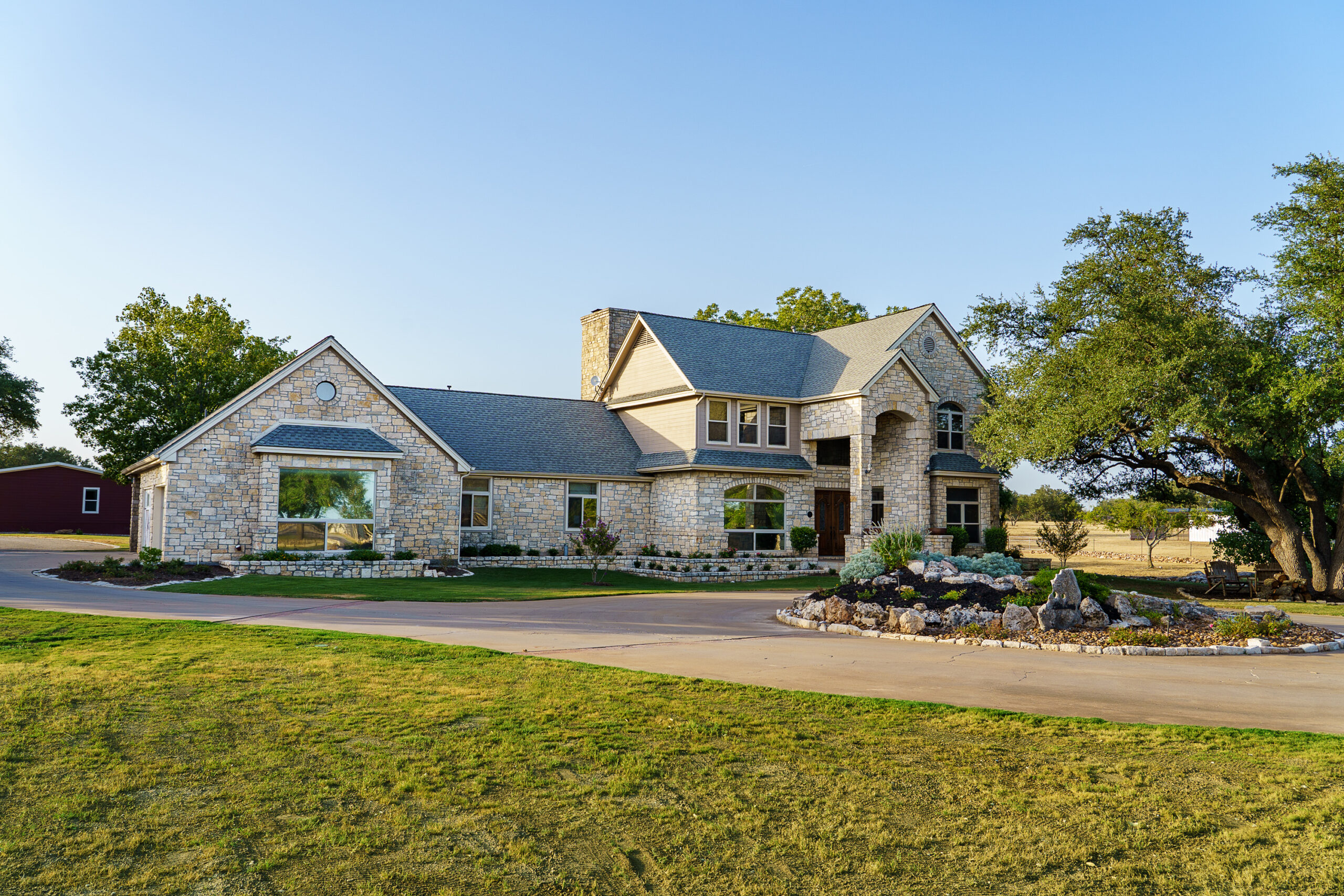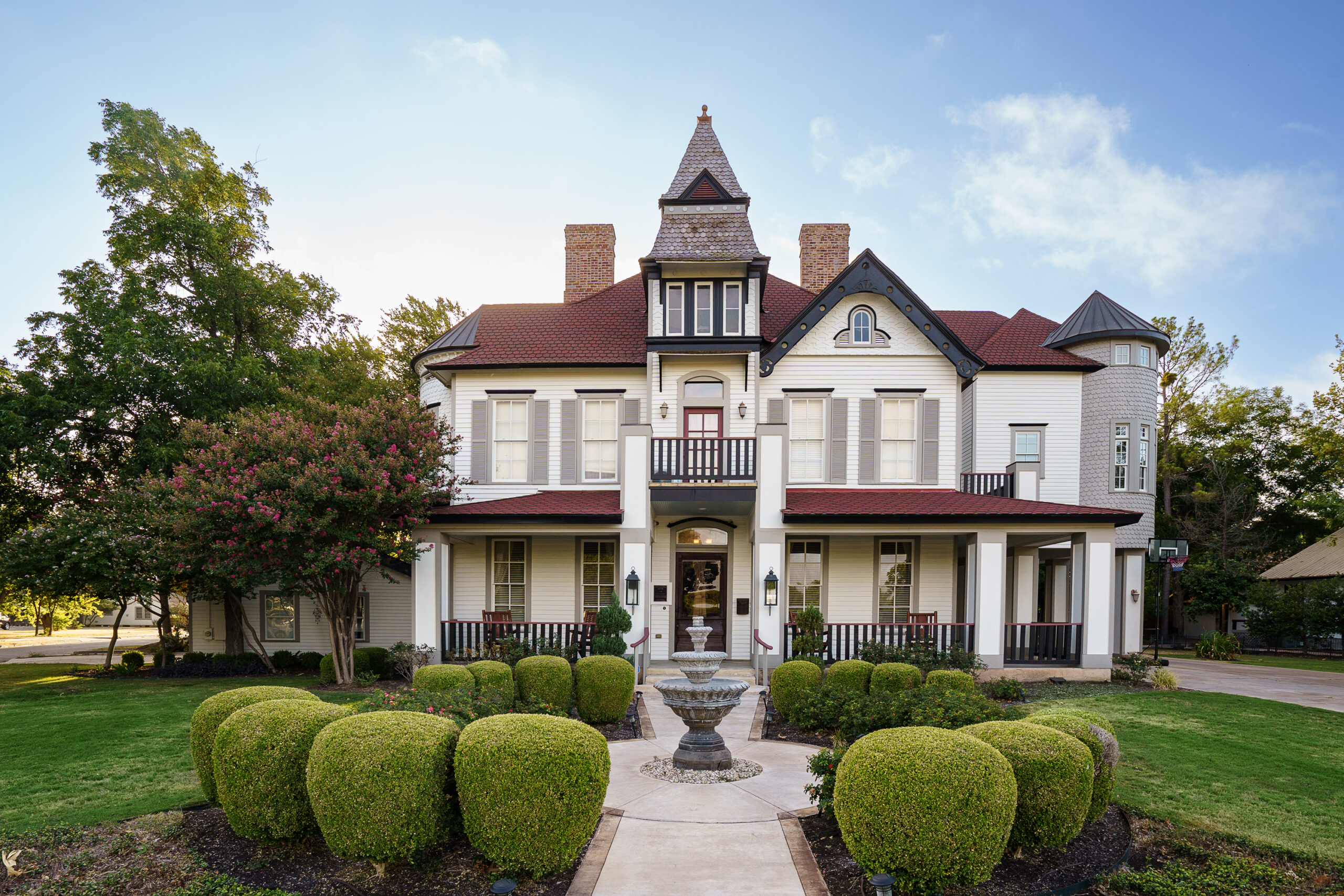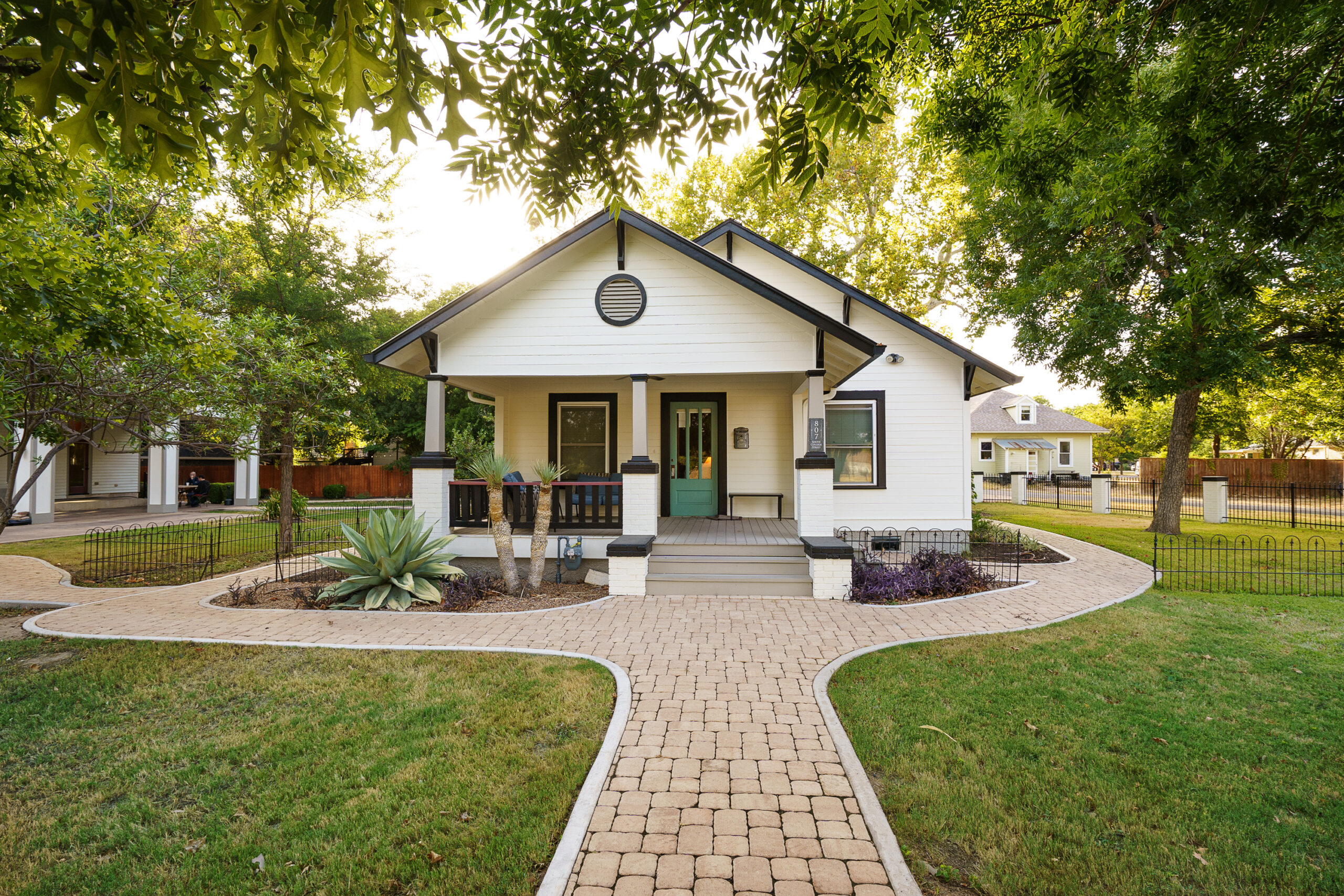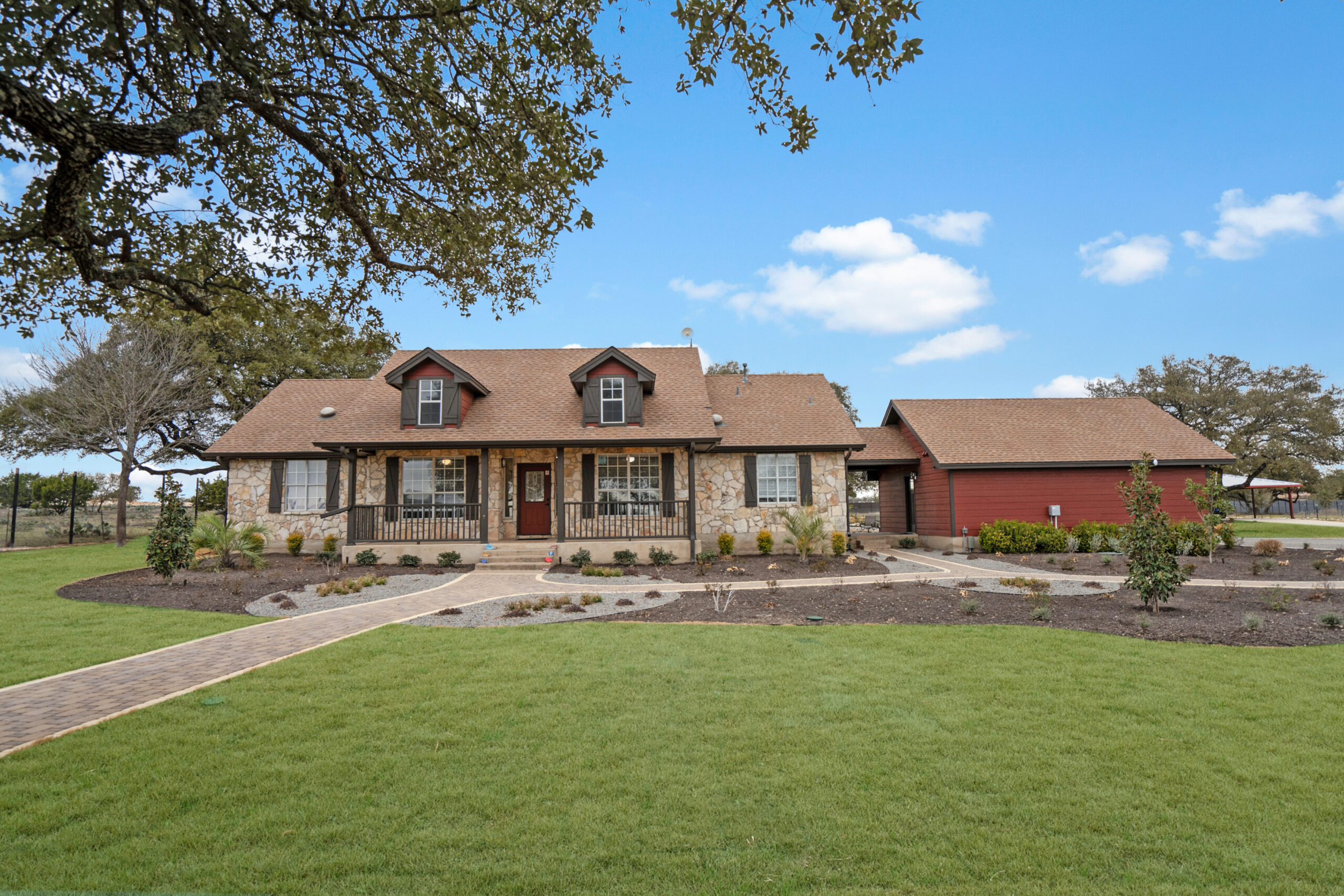Exploring In Patient Options for Bipolar Treatment
For those navigating the turbulent waters of bipolar disorder, in patient bipolar treatment offers a structured environment where healing can begin. With over two decades of experience at Alta Loma, a facility dedicated to mental health, I’ve witnessed the transformative power of residential care first-hand. It’s a unique setting designed to provide a balanced blend of therapy, medication, and peer support. The goal is simple: stability and recovery.
At Alta Loma, the approach is holistic. It combines cognitive behavioral therapy (CBT), nutrition planning, and recreational activities. This comprehensive approach ensures that every resident receives personalized care that addresses the root of their condition. Such environments not only facilitate medical management but also foster social connections, which are crucial for long-term recovery.
Choosing the right facility can make a significant difference. Factors like location, insurance acceptance, and specialized programs are vital. It’s important to consider whether the facility offers dual diagnosis treatment if there are co-occurring disorders. The availability of amenities and therapy options like equine therapy can also enhance the healing process.
How Do I Know If I Need In Patient Treatment?
Determining the need for in patient bipolar treatment often involves assessing the severity of symptoms and the impact on daily functioning. If you’re experiencing severe mood swings, difficulty maintaining relationships, or frequent hospitalizations, residential care may be beneficial.
Consider the following steps to evaluate your needs:
- Consult with a mental health professional to assess your current condition.
- Evaluate your support system at home. Is it strong enough to aid your recovery?
- Reflect on past treatment experiences. Were outpatient treatments sufficient?
- Check your insurance coverage for residential treatment.
- Research facilities that specialize in in patient bipolar treatment and offer dual diagnosis support if needed.
These steps can help in making an informed decision about whether in patient care is right for you. It’s a pathway that offers tranquility and intensive support, allowing individuals to focus entirely on their recovery journey.
Living Successfully with Bipolar Disorder
Living with bipolar disorder doesn’t mean surrendering to its challenges. With the right treatment plan, individuals can lead fulfilling lives. From my experience at Alta Loma, I’ve seen patients develop resilience through structured treatment and support networks. The journey isn’t easy, but it is possible.
Success in managing bipolar disorder often involves a combination of medication and therapy. Medications stabilize mood swings, while therapies like CBT help in developing coping mechanisms. Community support, such as support groups and family therapy, is equally important. These elements together build a foundation for a balanced life.
Regular follow-ups with healthcare providers ensure that treatment plans remain effective and tailored to the individual’s progress. Long-term management often involves lifestyle changes, such as regular physical activity and a balanced diet, which contribute to overall well-being.
- Medication management for mood stabilization
- Cognitive Behavioral Therapy (CBT) for coping strategies
- Family therapy to strengthen support systems
- Regular monitoring and updates to treatment plans
- Engagement in activities promoting physical and mental health
Common Misconceptions About Bipolar Treatment
Despite advances in mental health care, misconceptions about in patient bipolar treatment persist. One common myth is that residential treatment is a last resort or that it’s only for those who have failed outpatient therapy. The reality is quite different. In patient care is a proactive step for those who need intensive support and a stable environment.
Another misconception is that medication alone can manage bipolar disorder. While medication is a cornerstone, it’s most effective when combined with therapy. CBT and dialectical behavior therapy (DBT) are particularly useful in teaching coping skills. This integrated approach is crucial for achieving stability and preventing relapses.
It’s also important to dispel the myth that in patient care is isolating. Modern facilities emphasize community and peer support, which are instrumental in the healing process. Patients often find that the camaraderie and connections made during treatment are invaluable to their recovery.
What Qualifies as an In Patient Bipolar Treatment Emergency?
An emergency necessitating in patient bipolar treatment is typically characterized by severe symptoms that endanger the individual’s safety or the safety of others. Acute manic or depressive episodes, suicidal ideations, or a lack of control over actions require immediate intervention.
When considering whether a situation is an emergency, observe behaviors such as:
- Suicidal or homicidal ideations.
- Severe manic episodes with high-risk behaviors.
- Deep depressive states leading to a lack of self-care or eating.
- Psychotic features including delusions or hallucinations.
- Substance abuse exacerbating mental instability.
If any of these conditions are present, it’s crucial to seek immediate professional help. Facilities like Alta Loma offer crisis intervention services designed to stabilize patients and begin the journey towards recovery.







